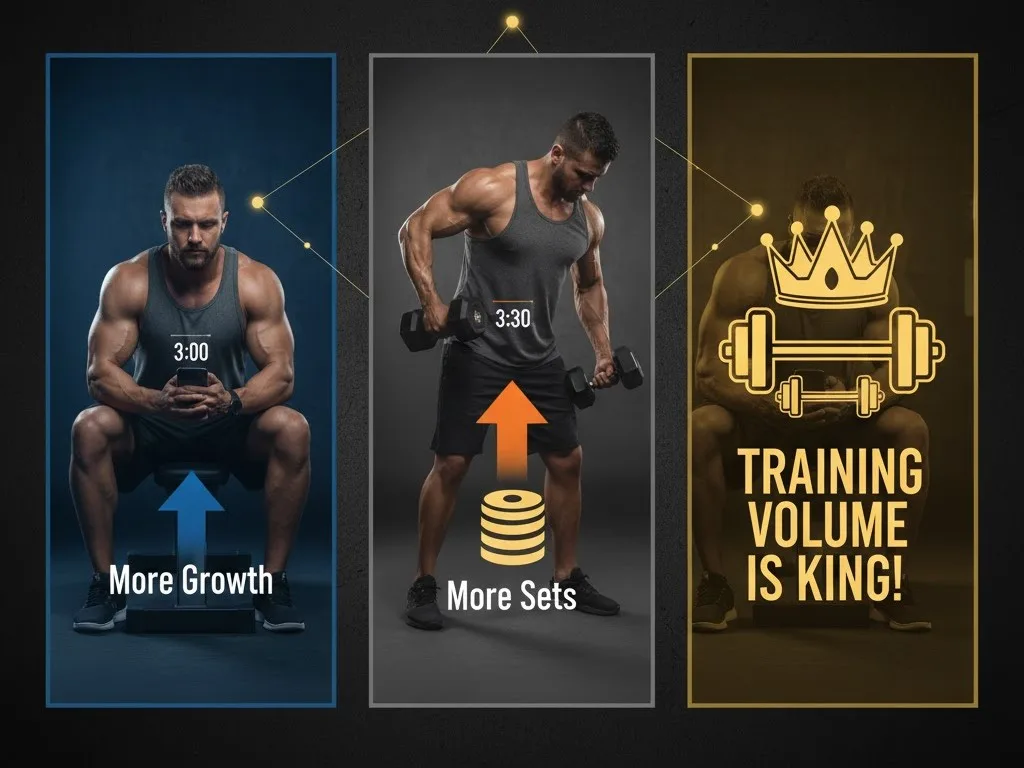A recent study highlighted by Menno Henselmans' "Science to Master Your Physique" challenges conventional wisdom on rest intervals, suggesting that while longer rests may optimize muscle growth, their impact on overall training efficiency warrants a closer look. The research, titled "Comparison between $30$-s and $3$-min inter-set rest intervals on changes in muscle cross-sectional area and maximum strength under volume-load-equated resistance training," provides valuable insights for fitness enthusiasts and trainers alike.
The core finding of the study indicates that longer rest intervals can indeed lead to increased muscle growth. However, this benefit comes at a cost: time inefficiency. In other words, while giving your muscles more time to recover between sets might be beneficial for hypertrophy, it prolongs the total duration of your workout.
This presents a practical dilemma for many who are pressed for time but still aim for optimal results. The study, and the accompanying commentary, offer a clear solution: training volume is paramount.
As explicitly stated in the analysis of the study, if you opt for shorter rest intervals between sets (e.g., $30$ seconds), you may need to perform more sets to achieve comparable growth. The underlying principle here is that the total work done—the "training volume"—is the primary driver of muscle adaptation and growth, not merely the length of the rest period.
Key Takeaways for Your Training:
-
Longer Rests for Direct Growth: If your priority is to maximize muscle growth and time is not a limiting factor, longer rest intervals (e.g., $3$ minutes) between sets appear to be more effective.
-
Volume is King: Regardless of your rest strategy, ensure you are accumulating sufficient training volume. This means a proper number of sets and repetitions with appropriate intensity.
-
Adapt Your Strategy: If you have limited time for your workout, don't shy away from shorter rest intervals. Just be prepared to increase your set count to compensate for the potentially reduced recovery time between sets. This allows you to maintain a high training volume within a shorter timeframe.
-
Rest is Not a Direct Determinant: The study emphasizes that rest itself is not the direct catalyst for growth. Instead, it facilitates the performance needed to achieve the necessary training volume that does stimulate growth.
In conclusion, this research reinforces the importance of training volume as the cornerstone of muscle development. While rest periods play a role in optimizing performance within a session, trainers and individuals should prioritize hitting their target volume, adjusting rest intervals as needed to fit their schedule and recovery capabilities. Understanding this dynamic allows for more flexible and effective program design, ensuring consistent progress towards your fitness goals.

